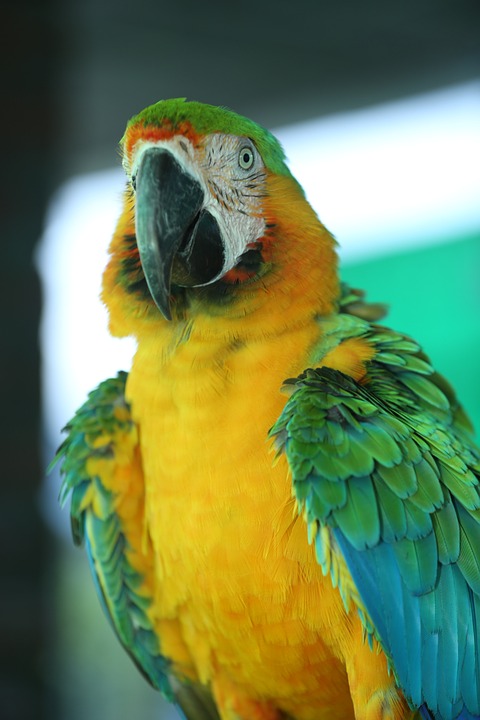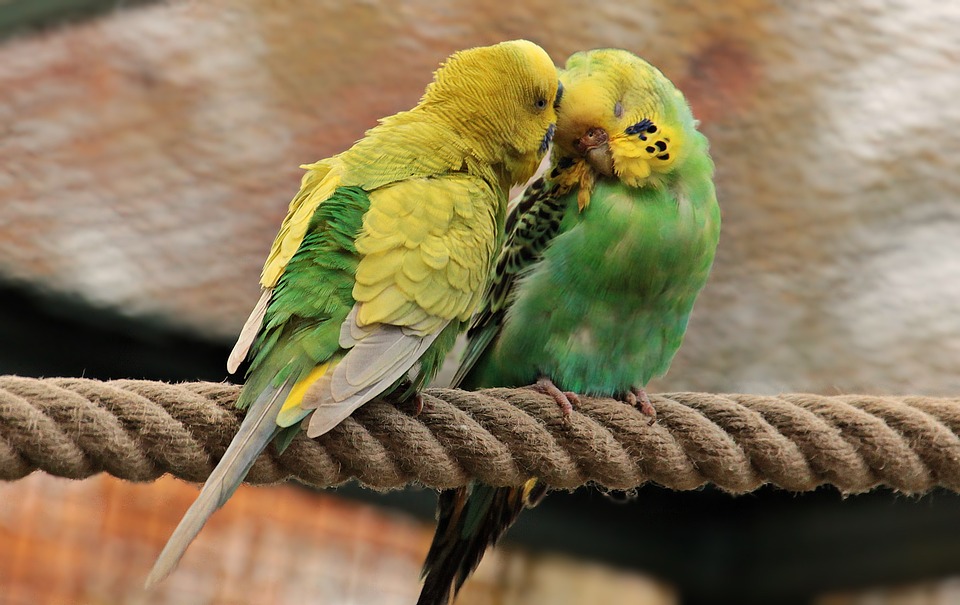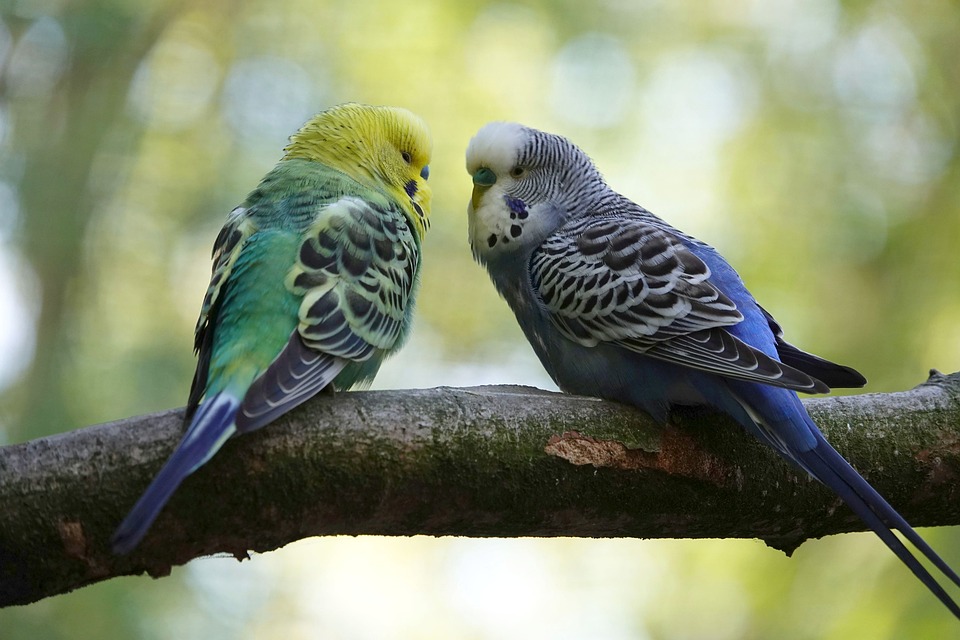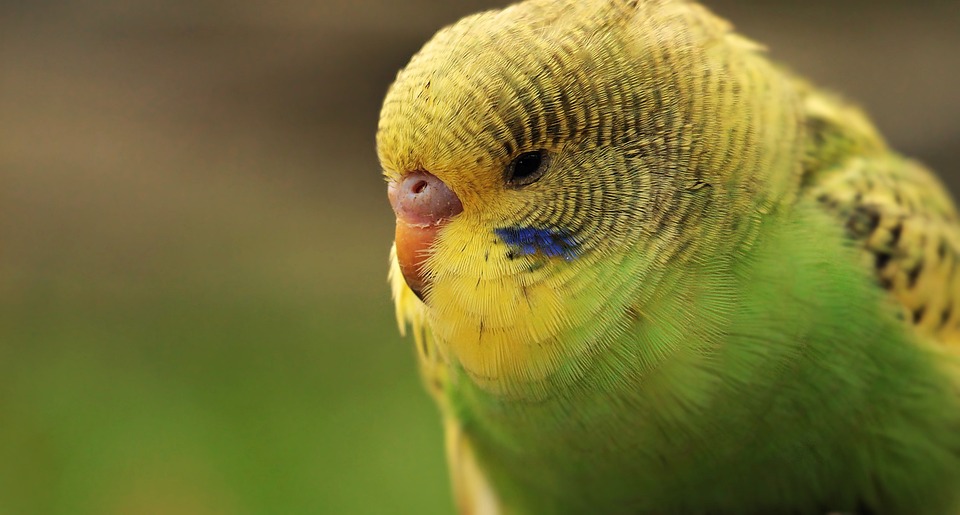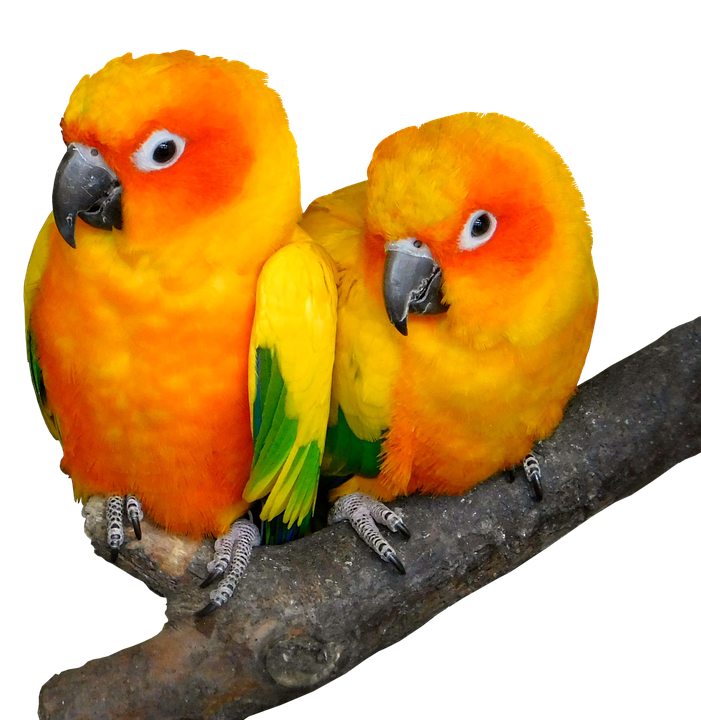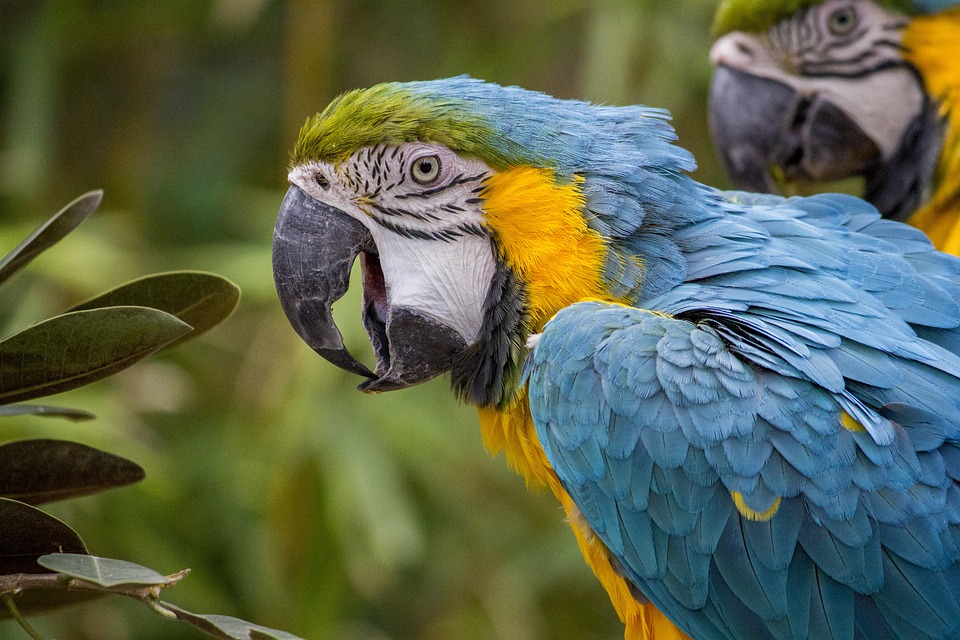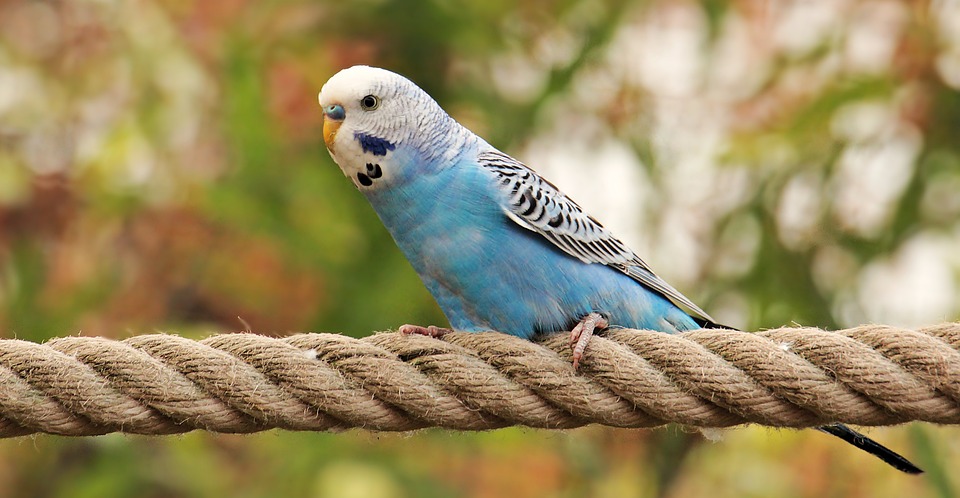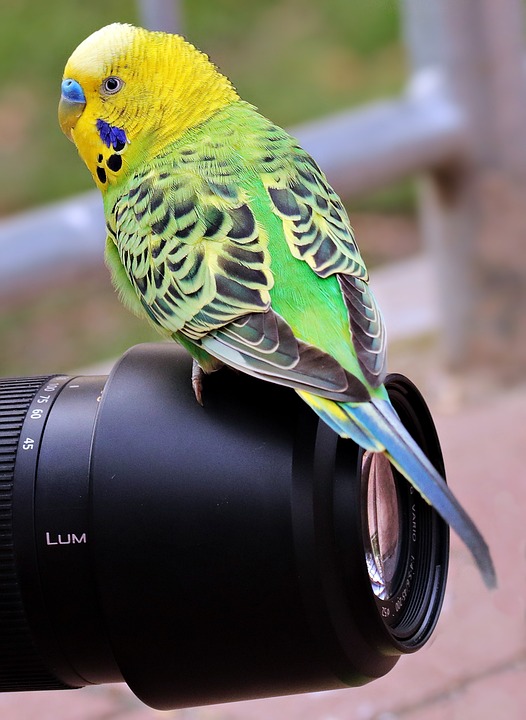Header: How to Teach Your Parrot to Imitate Behaviors: A Guide to Training Parrots to Mimic Human Actions
Introduction
Training parrots to mimic behaviors is not only a fun and entertaining activity, but it also has numerous benefits for both you and your feathered friend. In this guide, we will explore the importance of teaching parrots to imitate human actions, the training process, and the benefits that come with it.
Understanding Parrot Behavior
Before diving into the training process, it is essential to have a basic understanding of parrot behavior. Parrots are highly intelligent creatures with social tendencies. They have a natural instinct to observe and learn from their surroundings, making them excellent imitators.
Preparing for Training
Creating a suitable training environment is crucial for successful training sessions. This includes selecting a quiet and distraction-free area where you can focus on teaching your parrot. Additionally, establishing a positive relationship with your parrot through regular interaction and bonding is essential. Finally, choosing appropriate rewards and reinforcement, such as treats or praise, will motivate your parrot to mimic behaviors.
Step-by-Step Training Process
1. Observation and Identification
Start by observing your parrot’s natural behaviors and identifying actions that are suitable for imitation. This can include simple actions like waving or nodding.
2. Breaking Down Behaviors
Complex actions should be broken down into simple steps to make it easier for your parrot to understand and imitate. Begin with easy behaviors to build their confidence and gradually introduce more challenging actions.
3. Modeling and Repetition
Demonstrate the desired behavior to your parrot and encourage them to imitate it. Repetition is key for reinforcement and practice. The more your parrot sees and repeats the behavior, the better they will become at imitating it.
4. Positive Reinforcement
Use rewards such as treats or verbal praise to reinforce the desired behavior. Timing and consistency in reward delivery are crucial for effective training. Avoid punishment or negative reinforcement, as it can hinder the learning process and damage the bond between you and your parrot.
5. Progression and Complexity
As your parrot becomes comfortable with imitating simple behaviors, gradually increase the difficulty. Build on previously learned actions and encourage creativity and variation in their imitations.
Common Challenges and Troubleshooting
During the training process, you may encounter challenges such as resistance or lack of interest from your parrot. Patience and persistence are key in overcoming these obstacles. Additionally, dealing with distractions and addressing aggressive or unwanted behaviors require a tailored approach that focuses on positive reinforcement and redirection.
Frequently Asked Questions (FAQs)
1. Can any parrot be trained to mimic behaviors?
2. How long does it typically take to teach a parrot to imitate behaviors?
3. Are there specific behaviors that parrots are more likely to mimic?
4. What if my parrot imitates unwanted or inappropriate actions?
5. Can older parrots be trained to imitate behaviors, or is it better to start early?
6. Are there any risks or negative effects associated with training parrots to mimic human actions?
7. Can parrots be taught to imitate sounds or vocalizations as well?
Conclusion
Training your parrot to imitate behaviors can be a rewarding and enjoyable experience for both you and your feathered friend. By understanding parrot behavior, creating a positive training environment, and following a step-by-step process, you can develop a strong bond with your parrot while teaching them fun and entertaining actions. So, grab some treats and start training your parrot today!

